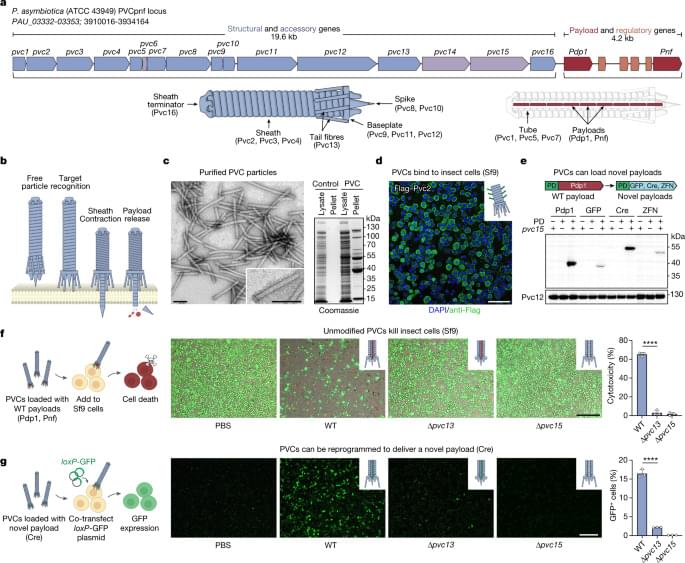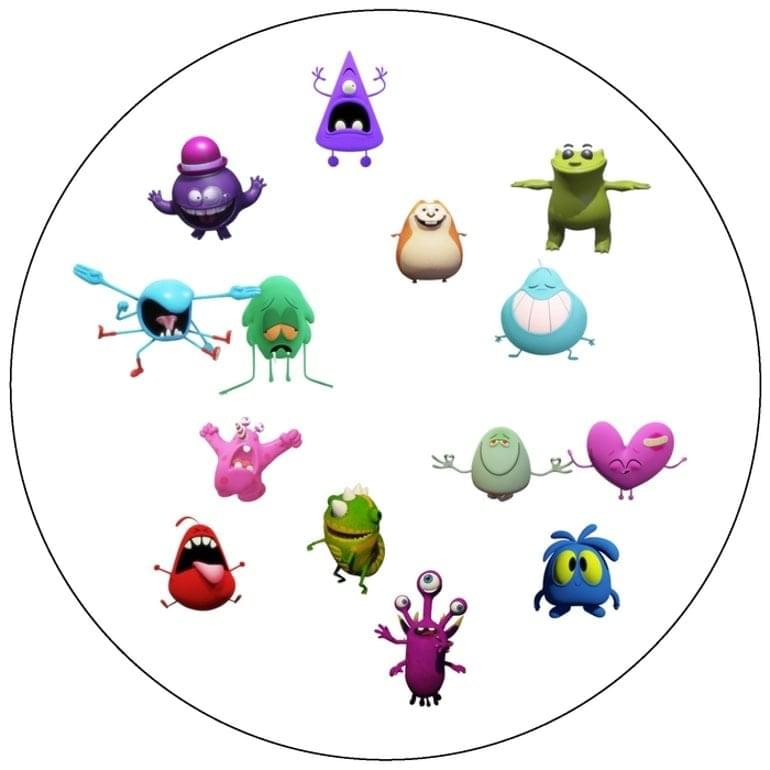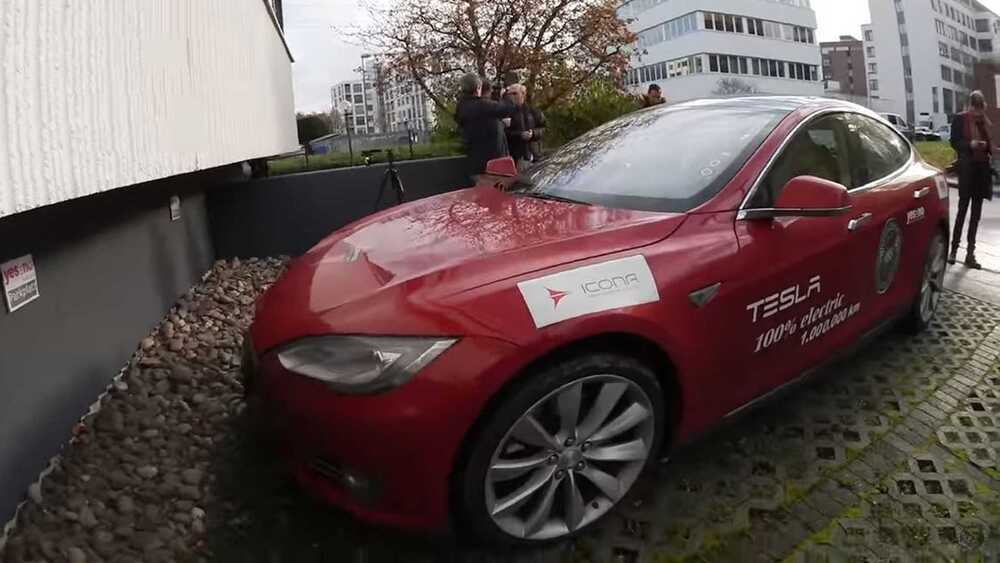A new robot just 10 microns across is able to navigate in a physiological environment and perform a variety of tasks, both autonomously or through external control by a human operator.
Researchers from Tel Aviv University (TAU) have developed a new “hybrid micro-robot” the size of a single biological cell. This can be controlled and moved using two different mechanisms – electric and magnetic.







